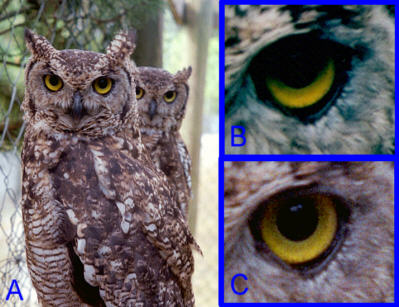Flatbed vs. Film Scanners
Both flatbed and film scanners are very handy photographic tools for converting conventional film based images into digital media, the results are normally quite good
There are two types of scanners that are widely available to the consumer, flatbed scanners and film scanners. There are a few other designs but these are the two most popular. The flatbed scanner is a good multi-purpose device that can do more than just scan photos such as photocopying documents. The film scanner can only be used for scanning film.
Flatbed scanners are cheaper, more flexible and more readily available. Some even have film scanning capabilities. But for the best reproduction, the quality of a decent film scanner cannot be matched by even the best flatbed scanner. There is one main reason for this;
Scanning a print is only a copy of a copy. The film is the original image and any print from it is only a copy. The final outcome of the digital image will depend on the quality of the printing as well.
Film scanners are not as flexible as other scanners. Every model is designed only for one and sometimes two film formats. Obviously the most popular film format is 35mm and some scanners will also accept APS film. There is a range of film scanners for one or both these formats and all will scan negatives as well as the superior quality slide film. Nearly all Medium and large format film scanners are still aimed exclusively at the professional market and as these are usually very heftily priced, they wouldn’t justify amateur usage.
 |
We have outlined the benefits of a true film scanner over a flatbed or dual purpose scanner. The image in fig 1 shows the difference in quality between the two.
- A – Full size image.
- B – flatbed scan sectional enlargement.
- C – Film scan sectional enlargement.
The print the sectional enlargement was taken from was an enprint processed by a commercial processor. It was scanned using a standard flatbed scanner model HP Scanjet 2200c.
The full frame image (A) and sectional enlargement (C) were scanned using a Minolta Dimage Scan Dual III film scanner.
The most obvious difference between the two is the colour balance. This is due to the way the photo was printed. A closer inspection will prove that shadow and highlight areas are handled much more successfully with the film scanner. Also sharpness is marginally better from the film scanner.
For much more on scanners, enroll in our Digital Imaging Course.
